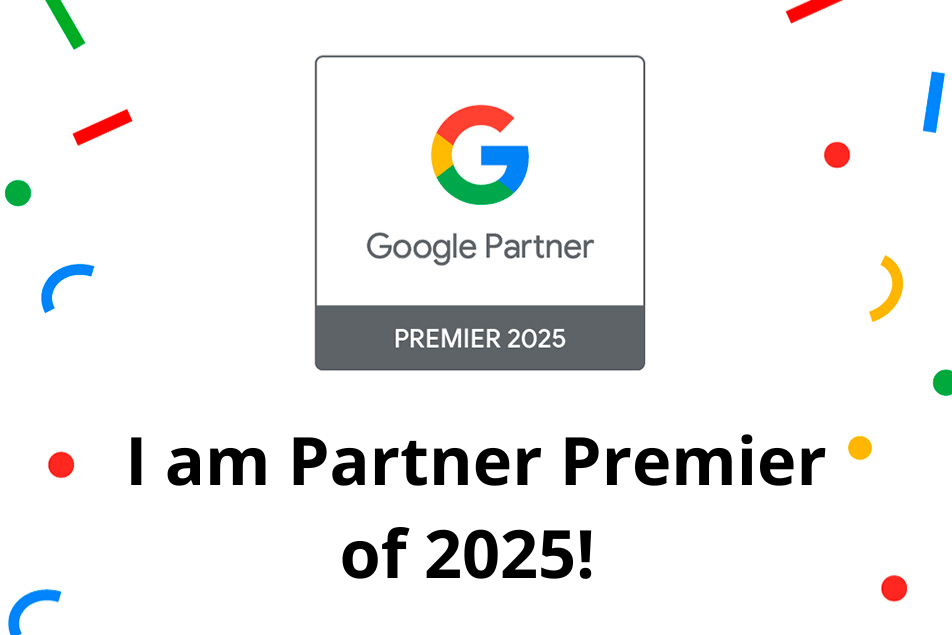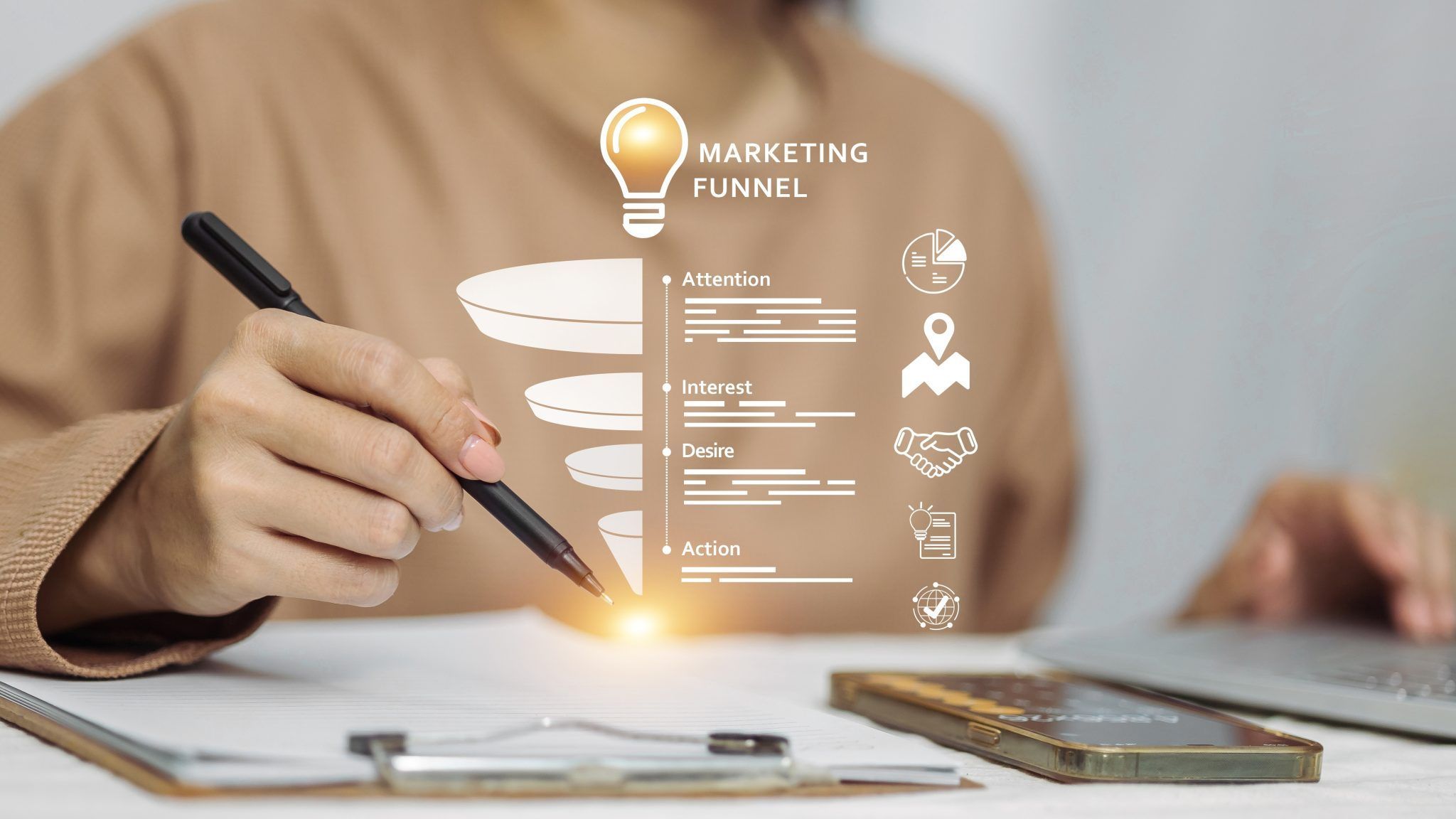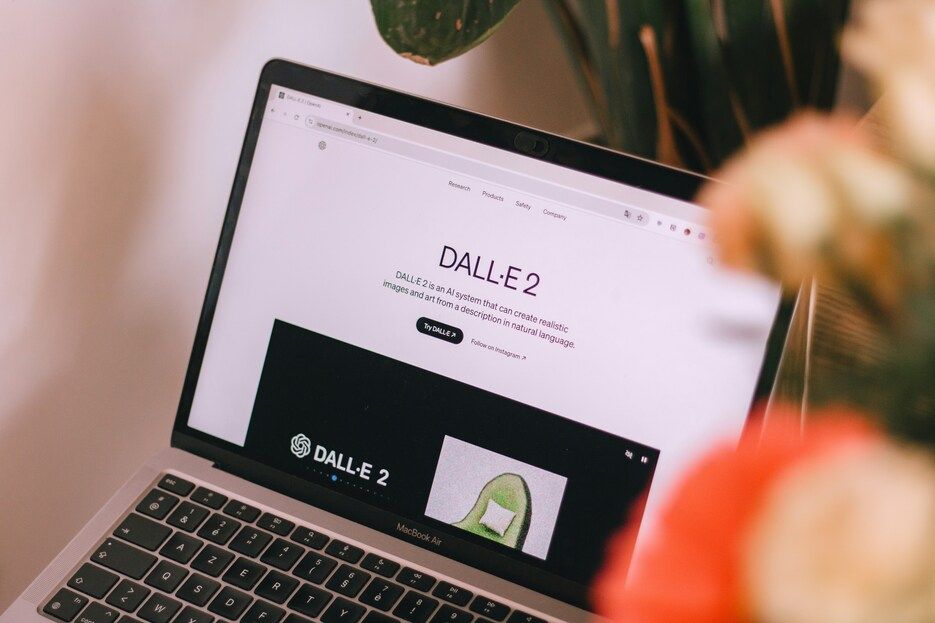
Redegal, Google Partner Premier agency 2025
RDG 7.90 €
If your website attracts visitors but few convert into customers, your sales funnel may need improvement. Discover how to refine your marketing funnel and enhance your brand’s conversion rate.

Those who run an e-commerce or online business have likely come across the term sales funnel. But how well do you actually understand it, and how can you use it to draw in customers and increase your sales?
We share what a sales funnel is, why it’s important in digital marketing, its stages, and how you can apply it to your business to achieve conversions.
This strategy is called a “funnel” because, just like a real funnel, a lot of people enter at the beginning (people who come into contact with your brand), However, only a small percentage progress to the final stage: conversion.
In digital marketing, the sales funnel helps you:
Bottom line: If you want to sell more, you have to master the sales funnel.
The concept of the sales funnel predates digital marketing by many years; it’s actually much older than most people realise. It was created in 1898 by Elias St. Elmo Lewis , an advertising advocate.
Elias played a key role in developing the AIDA (Attention, Interest, Desire, and Action) model , which aimed to describe the stages a consumer goes through before making a purchase decision.
Over time ,the model was refined and tailored to fit the digital environment. Today, we explore the stages of the sales funnel, which streamline the process and help businesses structure their marketing strategy.
Attempting to sell immediately to someone who’s only just discovered your brand often comes across as forced. This is precisely where understanding what a sales funnel is and applying it effectively makes all the difference.
By applying this strategy, you get to:
To better understand what a sales funnel is, it’s important to know its three main stages . The funnel is divided into three parts (Top, Middle, and Bottom). Each corresponds to a specific moment in the customer journey and requires a different approach.
The top of the funnel (TOP) is when your audience first comes into contact with your brand .At this point, most people don’t even realise they have a problem or need, let alone that your product or service could help.
Your goal in this phase is to attract attention and spark interest .
Examples of content for this stage:
The top of the funnel (TOP) is when your audience first comes into contact with your brand .At this point, most people don’t even realise they have a problem or need, let alone that your product or service could help.
Your goal in this phase is to attract attention and spark interest .
Examples of content for this stage:
At the bottom of the funnel (BoFu), the customer is ready to make the final decision. They just need one last incentive to choose your solution over a competitor’s.
Your goal here is to convert that contact into a customer.
Examples of content for this stage:
Now that you understand what a sales funnel is and its stages, let’s look at practical examples of how to apply this marketing strategy to your business.
Creating a sales funnel is a process you can structure in just a few steps. The most important thing is to know your audience well and offer the right content at each stage of the funnel.
Here are some steps to get started:
Before creating any funnel, you need to know who you’re selling to. Research who your ideal customers are , and what their problems, needs, and goals are. The more detailed you are, the more effective the funnel will be.
In this phase, the goal is to generate traffic and give visibility to your brand.
Tools and strategies you can use:
Example: Create blog posts on topics that interest your audience. For example, if your product is management software, write about “how to better organise your work time.” This way, you can attract people who didn’t even know they needed a solution like yours.
Now’s the time to turn visitors into contacts. To do this, offer something of value in exchange for their data (such as email address).
Example: Offer a free guide or webinar on “How to Increase Productivity with Digital Tools” in return for an email address, and just like that, you’ve got a qualified lead.
Not all leads are ready to buy immediately. You need to build trust here:
Once the lead is informed and prepared, it’s time to show them why your solution is the best. You can do this through:
For example, if a customer creates an account on your website or subscribes to your newsletter, send them an email with an exclusive discount code or a limited-time offer. This sense of exclusivity and urgency can be the touch that moves the customer toward a purchase.
Now that you know what a sales funnel is and how it works, it’s time to put this strategy into practice to attract more customers, improve conversions, and increase your sales.
If you need help building or optimising your digital marketing sales funnel, at Redegal we have a dedicated team that can support you every step of the way. Shall we talk?
You may be interested in our latest posts

Redegal, Google Partner Premier agency 2025

New browser: Chat GPT Atlas. Will it dethrone Google Chrome? Spoiler: No

Google AI Mode: What it is, how to use it effectively, and how your traffic will be measured

Why your website speed matters and how to make it faster?
Discover the best digital strategies for your brand
Hi!
We are looking forward to hearing more about your digital business.
Tell us... What do you need?
Fill in the form or call us at (+44) 2037691249